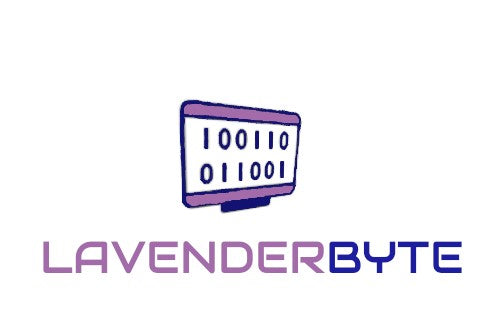Introduction to KS3 Computer Science
Overview of KS3 Computer Science Curriculum
- Hardware: The physical parts of a computer (e.g., CPU, RAM, hard drive).

- Software: Programs and operating systems that run on the computer (e.g., Windows, macOS).

Binary and Data Representation:
Understanding how computers use binary code (0s and 1s) to represent numbers, text, images and sound.
Algorithms:
Learning how to create step-by-step instructions to solve problems, using flowcharts and pseudocode.
Programming Basics:
Introduction to programming languages like Python and Scratch, focusing on writing simple programs to solve problems.
Networking:
- Internet Basics: Understanding how the internet works, including concepts like IP addresses, domain names and web browsers.
- Types of Networks: Learning about different network types, such as Local Area Networks (LANs) and Wide Area Networks (WANs).
- Cybersecurity: Basics of keeping information safe online, including passwords, encryption and safe browsing practices.
Practical Skills:
- Programming Projects: Hands-on exercises where you’ll create small programs and projects.
- Web Development Basics: Introduction to creating web pages using HTML and CSS.
- Using Software Tools: Learning to use tools like text editors, IDEs (Integrated Development Environments) and online coding platforms.
Resources and Activities:
- Interactive Quizzes: Tests to help you check your understanding of key concepts.
- Video Tutorials: Step-by-step guides to help you learn new skills.
- Project Ideas: Suggestions for small projects to practice and showcase your skills.
By the end of KS3, you’ll have a solid foundation in computer science, preparing you for more advanced studies at GCSE and beyond!
